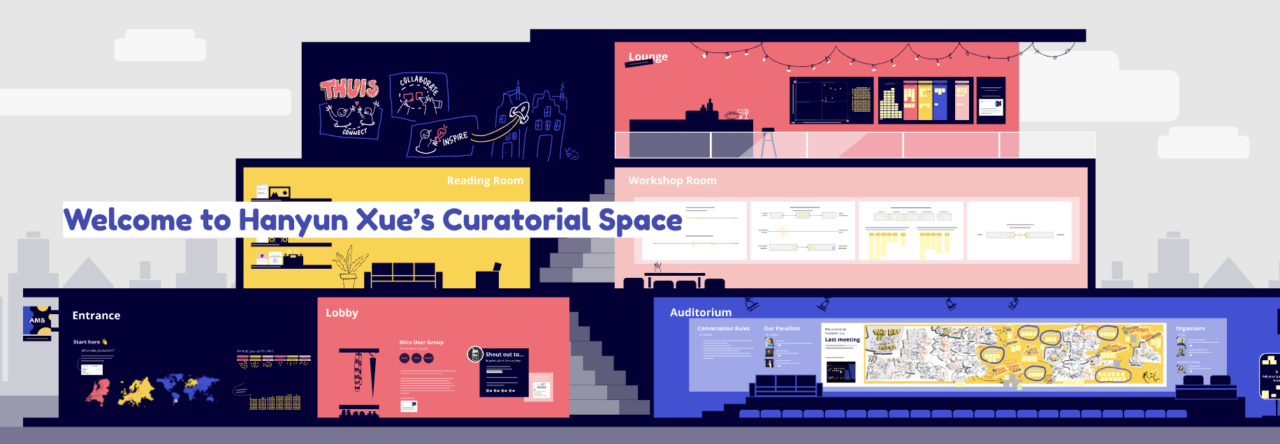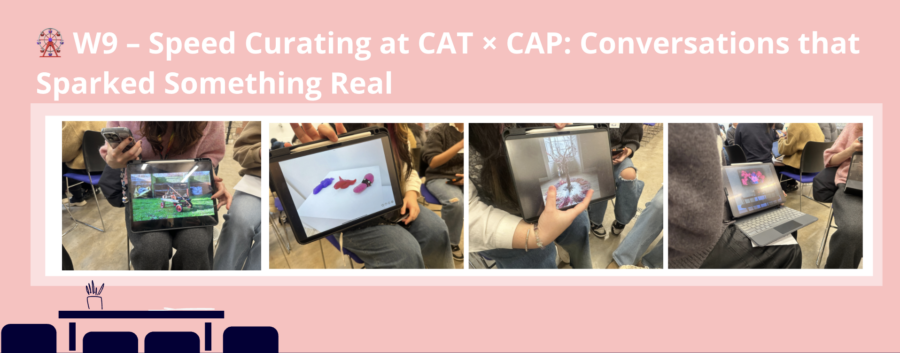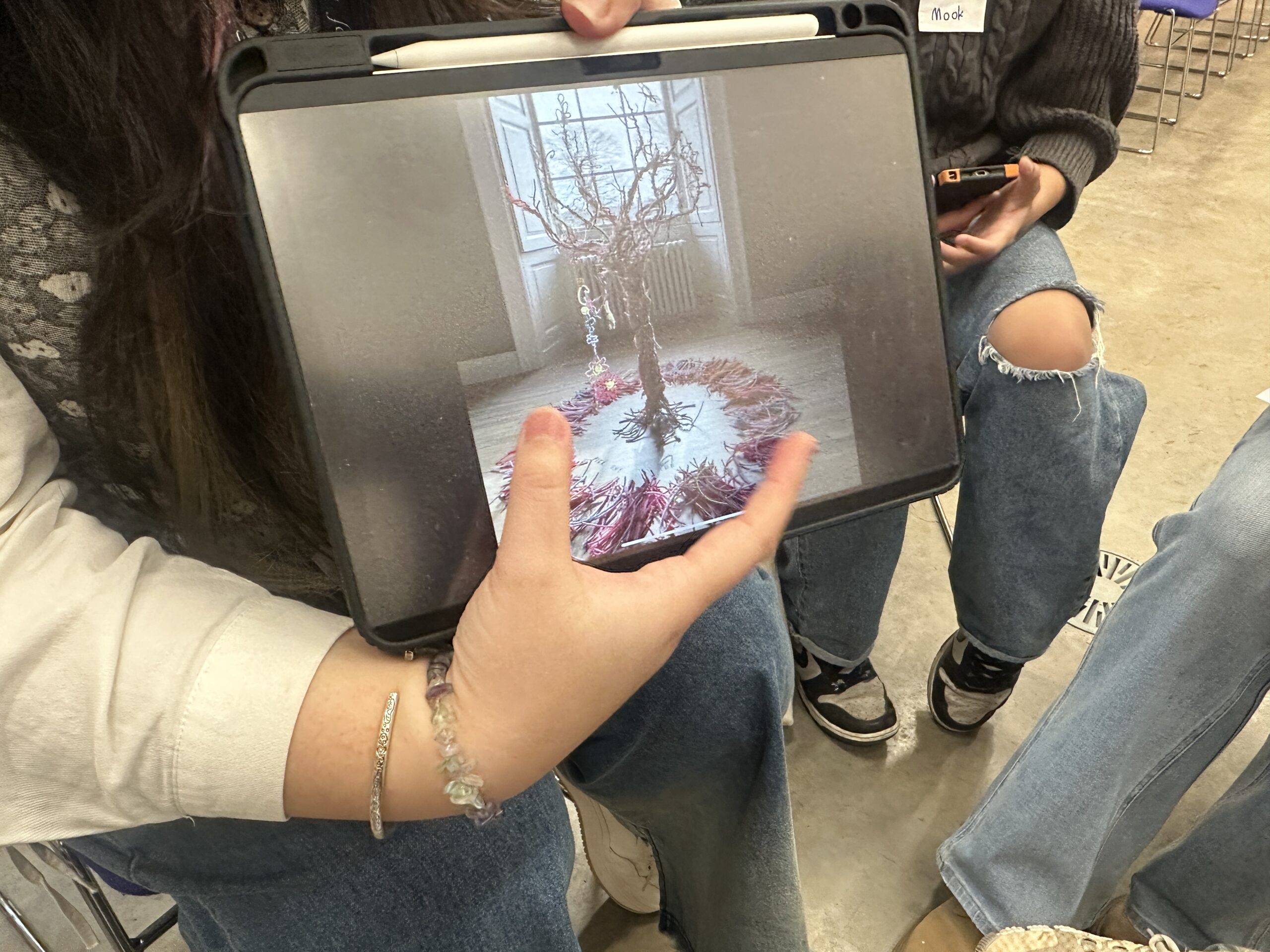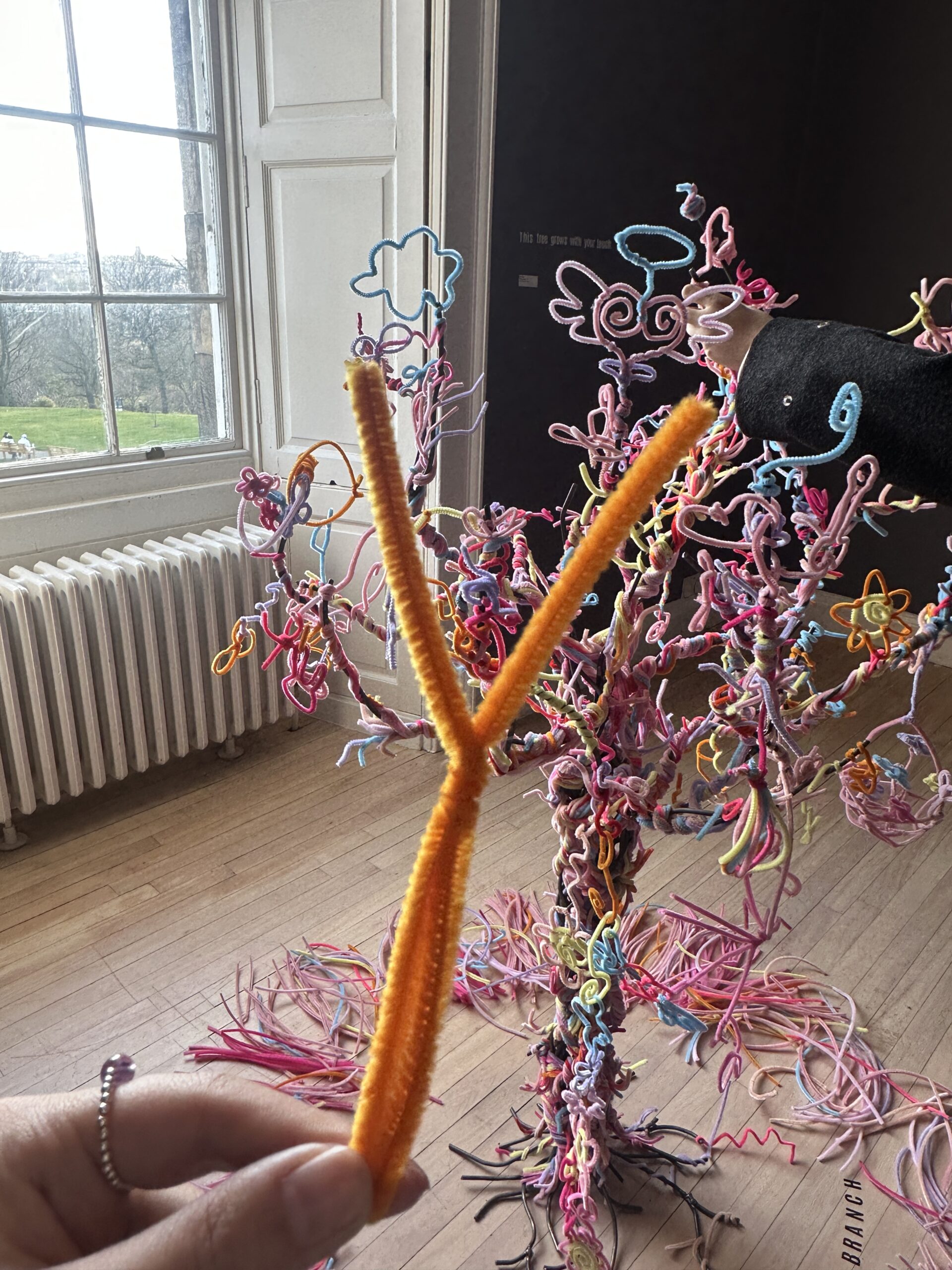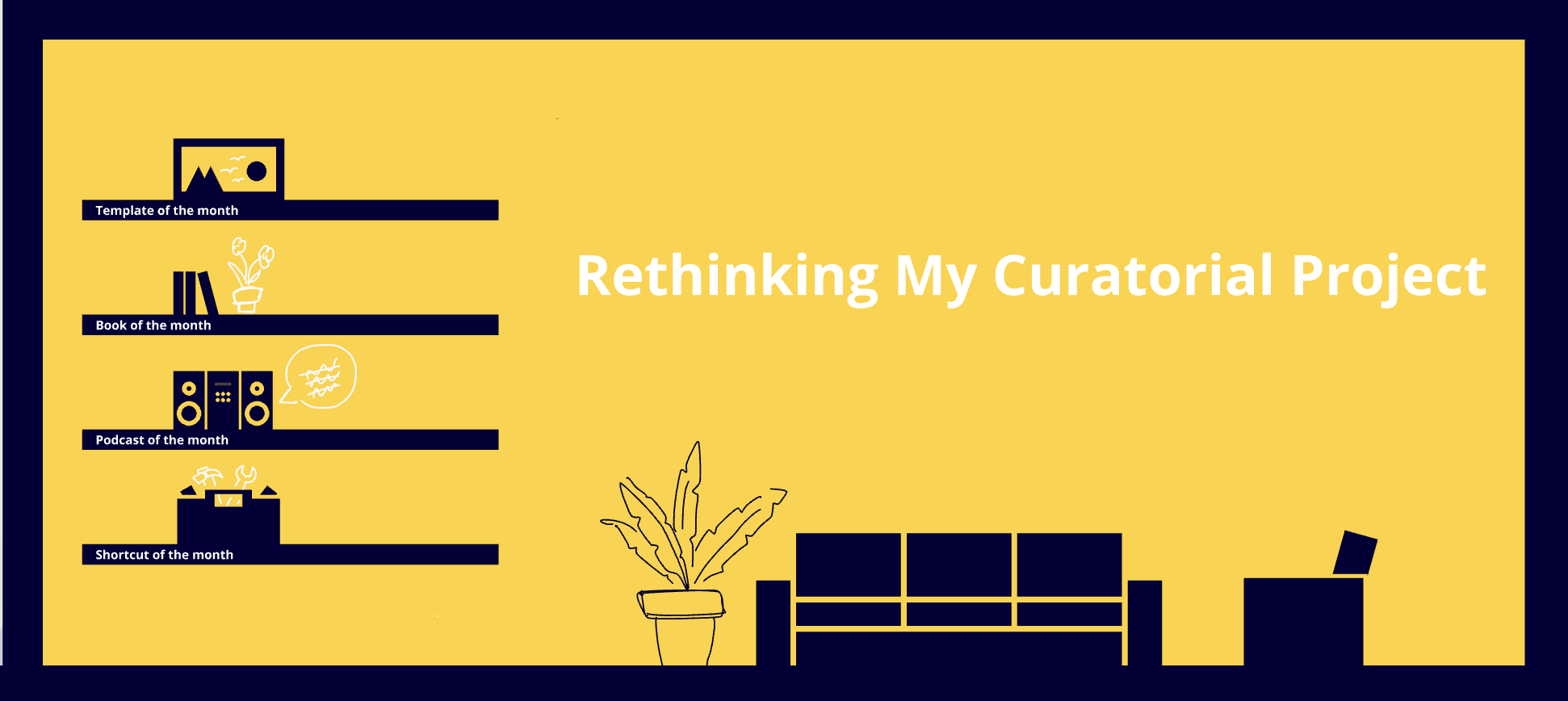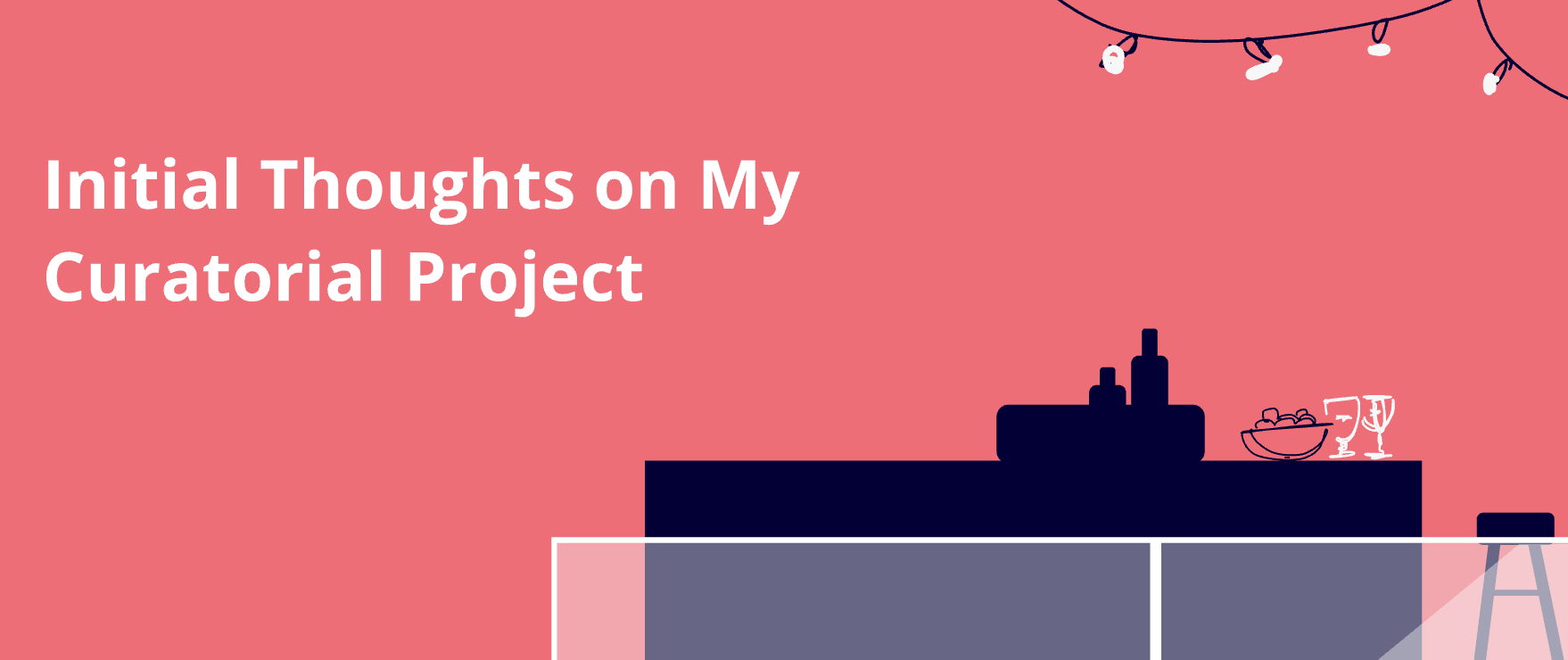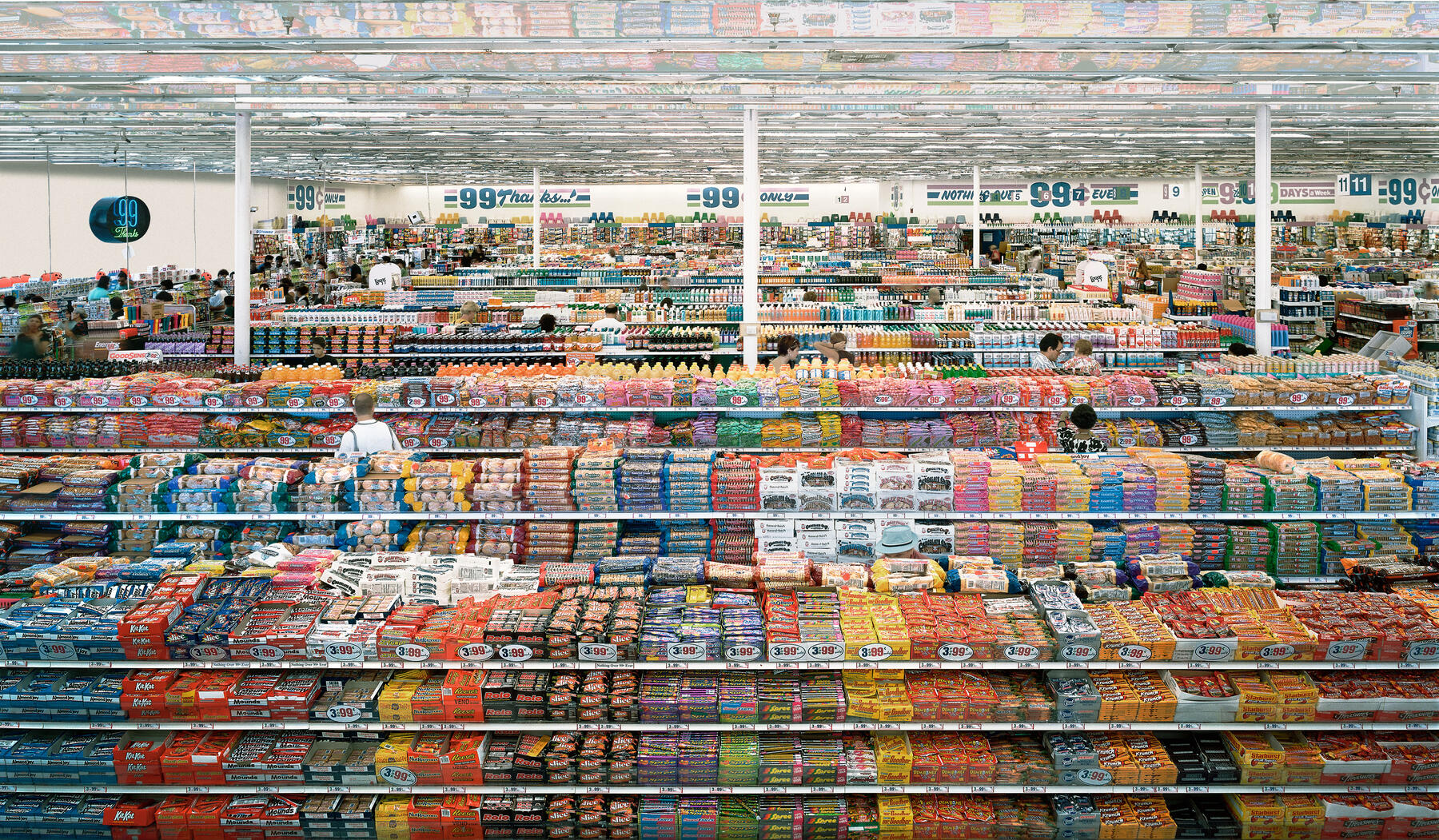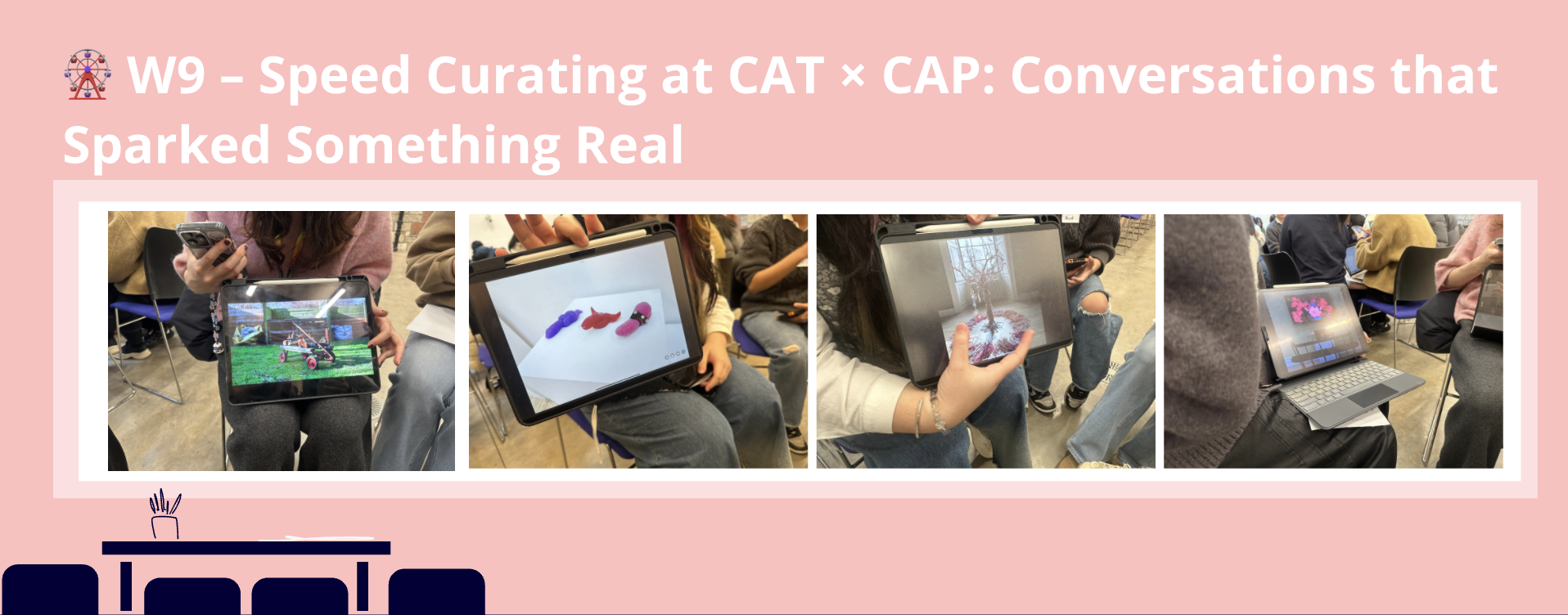
Hi everyone,
This week I participated in a special joint event between CAT (Contemporary Art Theory) and CAP (Contemporary Art Practice) students. We met not on Teams, but face-to-face in the West Court, and I have to say—it was more inspiring than I imagined.
The format was based on Speed Curating, a method adapted from the UK Arts Council. CAP students introduced their art practices in quick 2-minute bursts, while us CAT students shared five key curatorial interests. It was fast, a little chaotic, but filled with energy and curiosity.
🎨 Meeting Artists, Meeting Possibilities
As a CAT student working on my Fluid Curating project, this event was a goldmine. I heard so many artist presentations that aligned with what I’ve been thinking about—audience interaction, sensory engagement, performative gestures, and curating as a living process.
Some CAP students showed deeply personal work about memory, others presented interactive installations. I had some great chats about how audiences can intervene, not just observe; how we might co-create exhibitions where the boundaries between artist, curator, and viewer start to dissolve.
✨ My Five Curatorial Keywords
To help introduce my ideas during the event, I shared five key themes that define my practice. I’ll share them here too:
-
Decentralised Curation
I want to challenge top-down models. Can the audience’s decisions, movements, and emotions shape the exhibition just as much as the curators’? -
Audience Intervention
I’m interested in how viewers might not just observe, but alter—touching, rearranging, or reshaping the work as part of the exhibition itself. -
Co-Creation
Rather than presenting finished works, I want to collaborate with artists to create open structures where outcomes remain fluid and evolving. -
Curation as Process
I see curating as something unfolding in time. Not a fixed result, but a process that’s shaped by those who enter the space and what they bring. -
Shifting Curatorial Authority
What happens when curators give up control, and artists invite intervention? Can letting go create something more alive, more real?
These ideas became beautiful conversation starters. Some CAP students lit up when I described exhibitions as perception practice fields, or when I said, “What if we don’t design the message, but design a mood and let the rest happen?”
One of the artists, Sijia Chen, shared a tree with us—though not just any tree. This one was an installation made of welded steel branches, fuzzy pink yarn, and sparkling hanging ornaments. Right in the center stood a solid metal trunk, something she built herself.
She said it represents those immovable forces in our world—systems, structures, or maybe even fate. But what caught my attention were the branches. Around the steel frame, she invited us to add colorful bendable sticks (they had wires inside, so we could twist them into shapes).
People made spirals, loops, even strange little symbols. This wasn’t just decoration. She called it “an editable tree.”
And honestly, I loved that phrase.
The idea behind it was so powerful. Sure, the trunk—the core—is fixed. But everything around it? Open to change.
It’s a metaphor for participation within structure, for how individuals can intervene, re-shape, and re-narrate even within rigid systems. It reminded me so much of what I’m trying to do with Fluid Curating. Not to destroy the framework of exhibitions, but to invite others into it. To say, “Come, add your branch.” The editable tree became, in that moment, a perfect symbol of co-creation. It was poetic, but also quietly radical.
I walked away thinking: maybe my own curatorial space could offer this same gesture. A framework that’s solid, but soft around the edges. A space where people don’t just observe, but gently re-edit what’s there.
Another work that really stuck with me came from artist Xudong Jia. He showed us a digital interactive piece—on screen, it looked like pink flowers exploding outward, or maybe colorful ink swirling in water. It was beautiful at first glance, almost hypnotic.
Then he told us the title: The Evil Flower.
The screen was equipped with facial recognition. Every time someone approached, the image would shift. The flower would grow bigger, darker, more aggressive.
Jia explained that the piece was about the butterfly effect, about online violence—how no single snowflake in an avalanche is innocent. The more people watched, the more the flower “blamed” them.
It hit me hard. The interactivity wasn’t playful, it was accusatory. You weren’t in control of the work—it was confronting you. That twist in perspective really stayed with me. It wasn’t interaction for interaction’s sake; it was interaction as responsibility.
I kept thinking about how this could fit into my own idea of Fluid Curating—where audience behavior doesn’t just “complete” the exhibition, it actually shapes its emotional direction. What if interactivity could be unsettling? What if being seen by the artwork is part of the artwork?
This piece challenged me. And that’s exactly what I want my exhibitions to do.
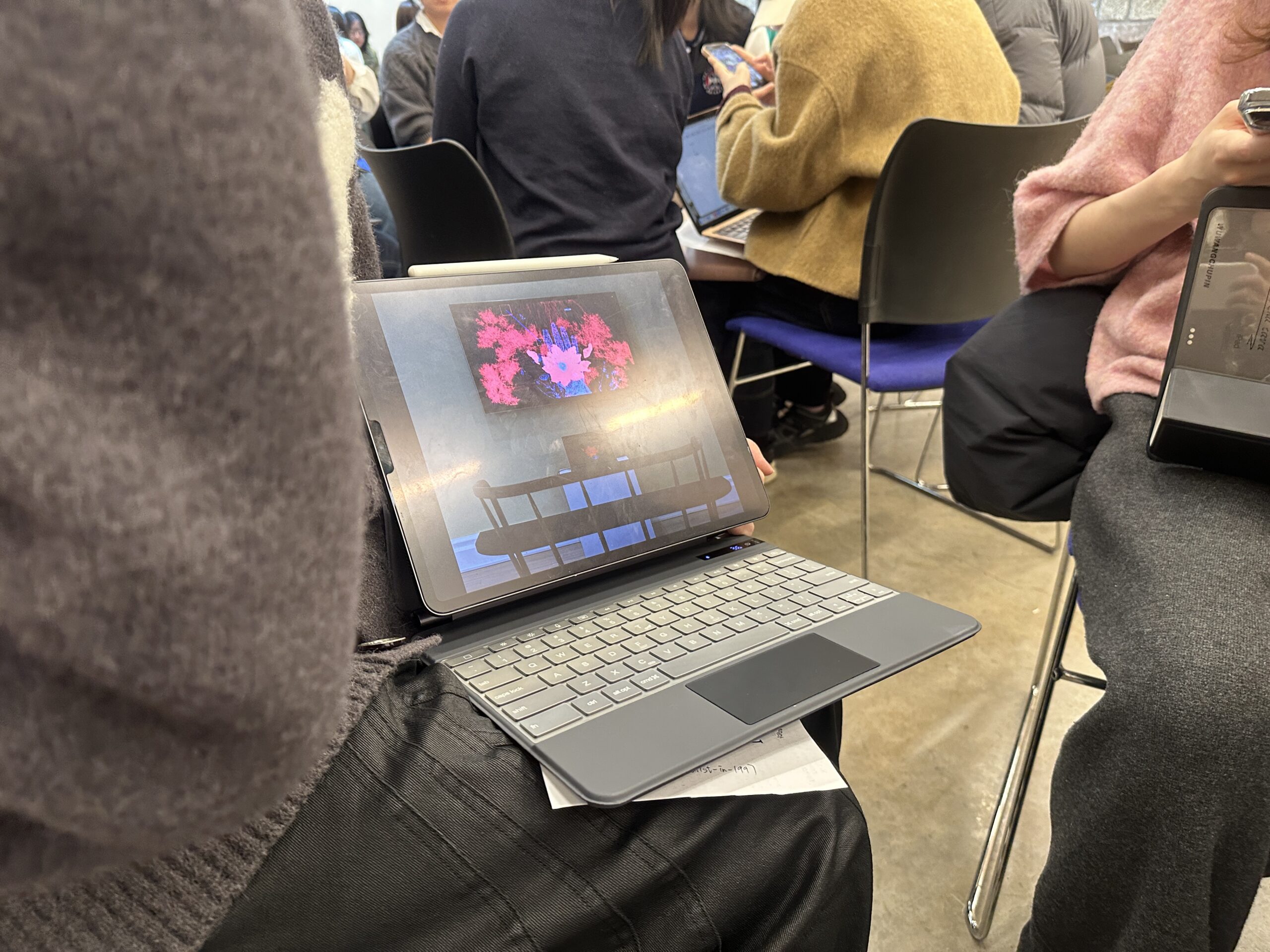
🧠 Reflections and Next Steps
This session wasn’t just useful—it was moving. I left with several artists I’d love to follow up with. Some of them are exploring clay as a soft resistance. Others are working with sound, text, or ephemeral materials.
I can already imagine co-curating something gentle, open, and audience-responsive together.
In the next few weeks, I’ll be deepening my readings on participatory art and affective curating. I’ve already started noting quotes from Curating and the Educational Turn that feel like they’re speaking directly to what I’m trying to do:
“They seem to seek not the masterful production of expertise… but the co-production of question, ambiguity and enquiry.” (O’Neill and Wilson, 2013)
Yes. That’s exactly it.
This was more than a networking session. It was a seed-planting moment. And I’m already looking forward to what might grow.
